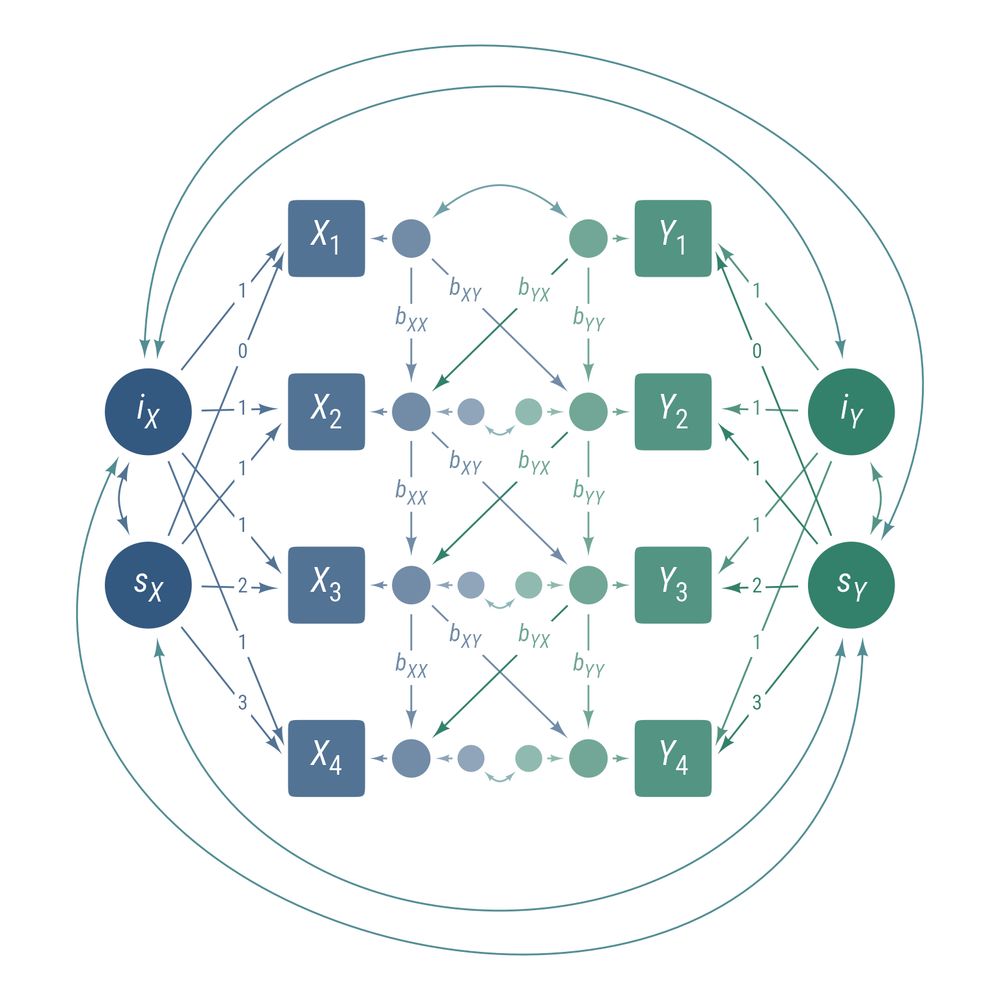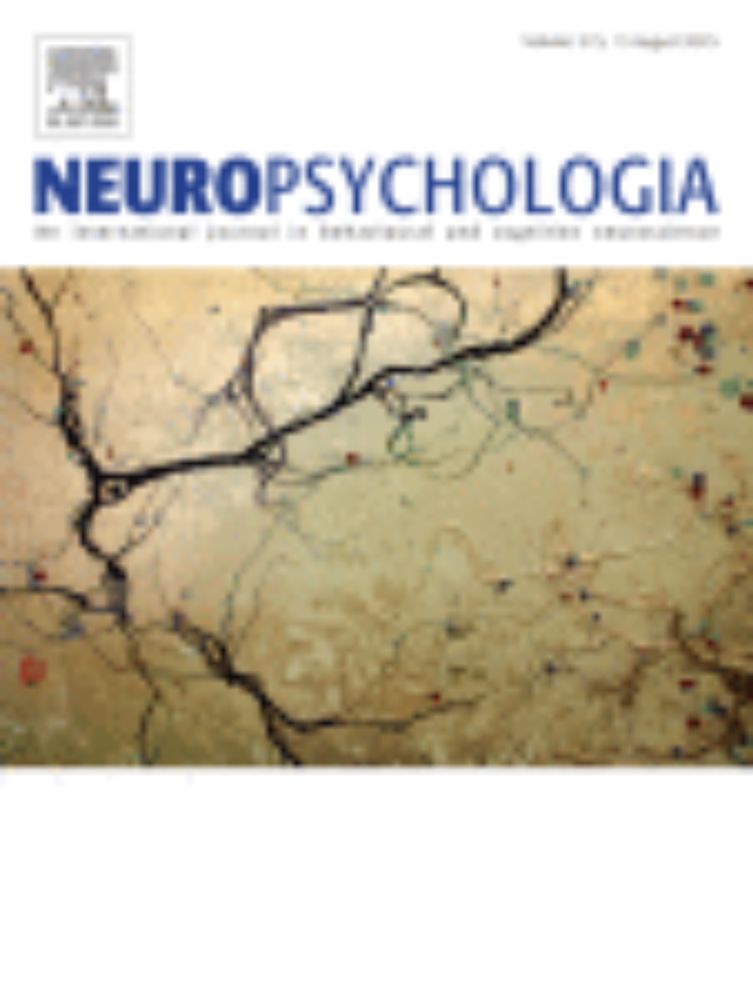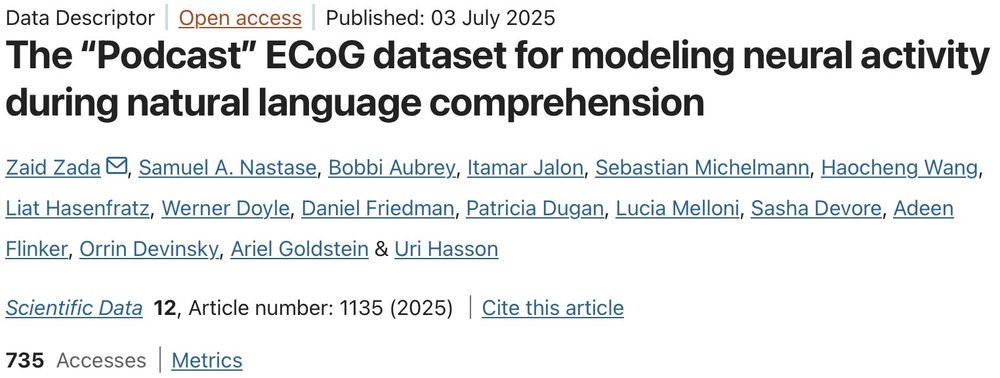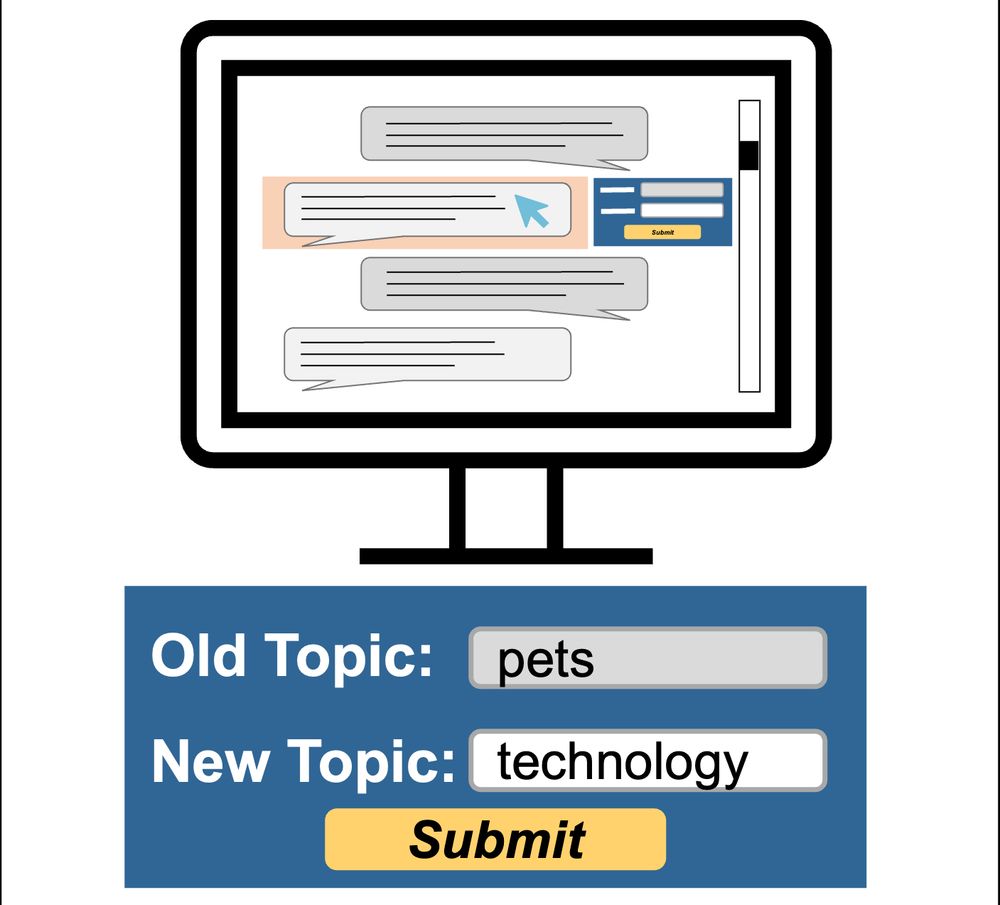Yining Ding
@liliand.bsky.social
260 followers
190 following
6 posts
Psych PhD student in Dynamic Cognition Lab @WUSTL🧠
Posts
Media
Videos
Starter Packs
Reposted by Yining Ding
Reposted by Yining Ding
Hayoung Song
@hayoungsong.bsky.social
· Sep 5

A neural network with episodic memory learns causal relationships between narrative events
Humans reflect on past memories to make sense of an ongoing event. Past work has shown that people retrieve causally related past events during comprehension, but the exact process by which this causa...
www.biorxiv.org
Reposted by Yining Ding
Reposted by Yining Ding
Reposted by Yining Ding
Reposted by Yining Ding
Reposted by Yining Ding
Mariam Aly
@mariamaly.bsky.social
· Sep 2

Repeated Viewing of a Narrative Movie Changes Event Timescales in The Brain
Many experiences occur repeatedly throughout our lives: we might watch the same movie more than once and listen to the same song on repeat. How does the brain modify its representations of events when...
www.biorxiv.org
Reposted by Yining Ding
Reposted by Yining Ding
Mariam Aly
@mariamaly.bsky.social
· Aug 25

Hippocampal mismatch signals are based on episodic memories and not schematic knowledge | PNAS
Prediction errors drive learning by signaling mismatches between expectations and
reality, but the neural systems supporting these computations rem...
www.pnas.org
Reposted by Yining Ding
John Henderson
@jmhenderson.bsky.social
· Aug 25

DeepMeaning: Estimating and Interpreting Scene Meaning for Attention Using a Vision-Language Transformer
Abstract. Humans rapidly process and understand real-world scenes with ease. Our stored semantic knowledge gained from experience is thought to be central to this ability by organizing perceptual info...
direct.mit.edu
Reposted by Yining Ding
Matthias Nau
@matthiasnau.bsky.social
· Aug 25

Neural and behavioral reinstatement jointly reflect retrieval of narrative events - Nature Communications
When people recall a movie, their eye movements and brain activity resemble those observed during the viewing. These behavioral and neural reactivations are linked through a common process, likely ref...
doi.org
Reposted by Yining Ding
Jin Ke
@jinke.bsky.social
· Aug 20

Ongoing thoughts at rest reflect functional brain organization and behavior
Resting-state functional connectivity (rsFC)-brain connectivity observed when people rest with no external tasks-predicts individual differences in behavior. Yet, rest is not idle; it involves streams...
www.biorxiv.org
Reposted by Yining Ding
Mariam Aly
@mariamaly.bsky.social
· Aug 9
Reposted by Yining Ding
Reposted by Yining Ding
Reposted by Yining Ding
Akira Miyake
@amiyake.bsky.social
· Jun 9
Reposted by Yining Ding
Reposted by Yining Ding
Reposted by Yining Ding
Marta Silva
@martamasilva.bsky.social
· Jul 1
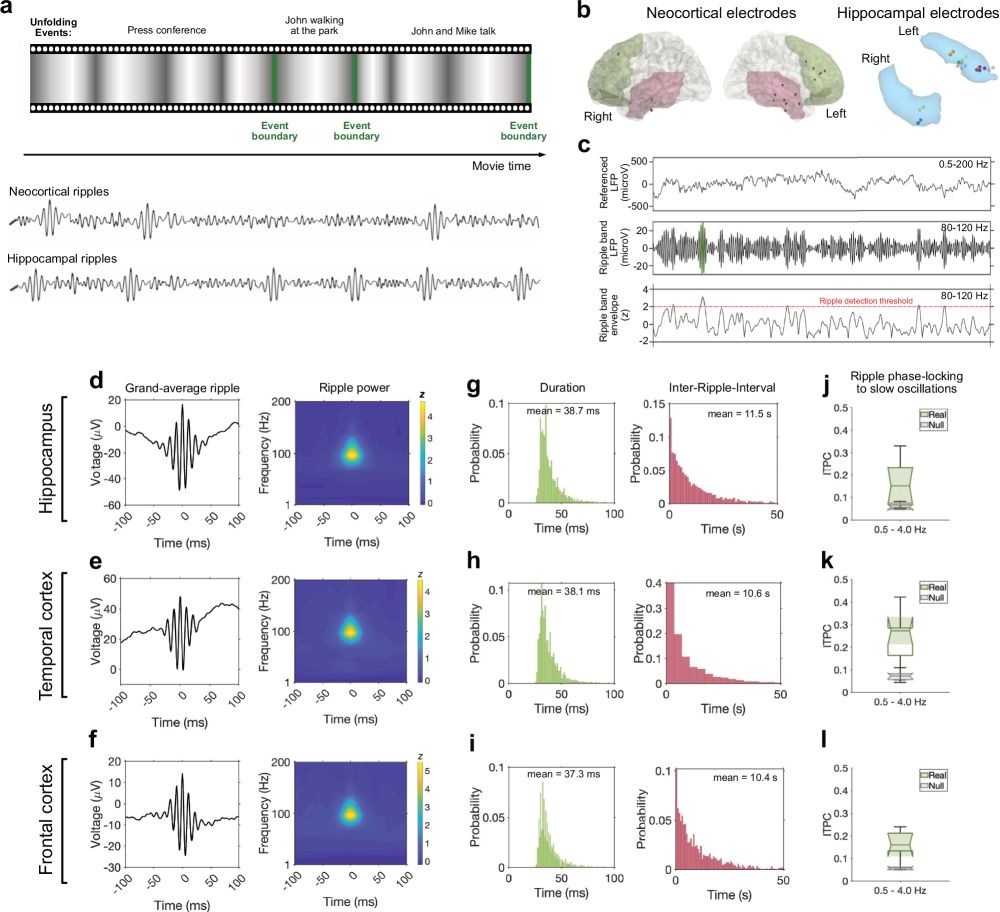
Movie-watching evokes ripple-like activity within events and at event boundaries
Nature Communications - The neural processes involved in memory formation for realistic experiences remain poorly understood. Here, the authors found that ripple-like activity in the human...
rdcu.be
Reposted by Yining Ding








